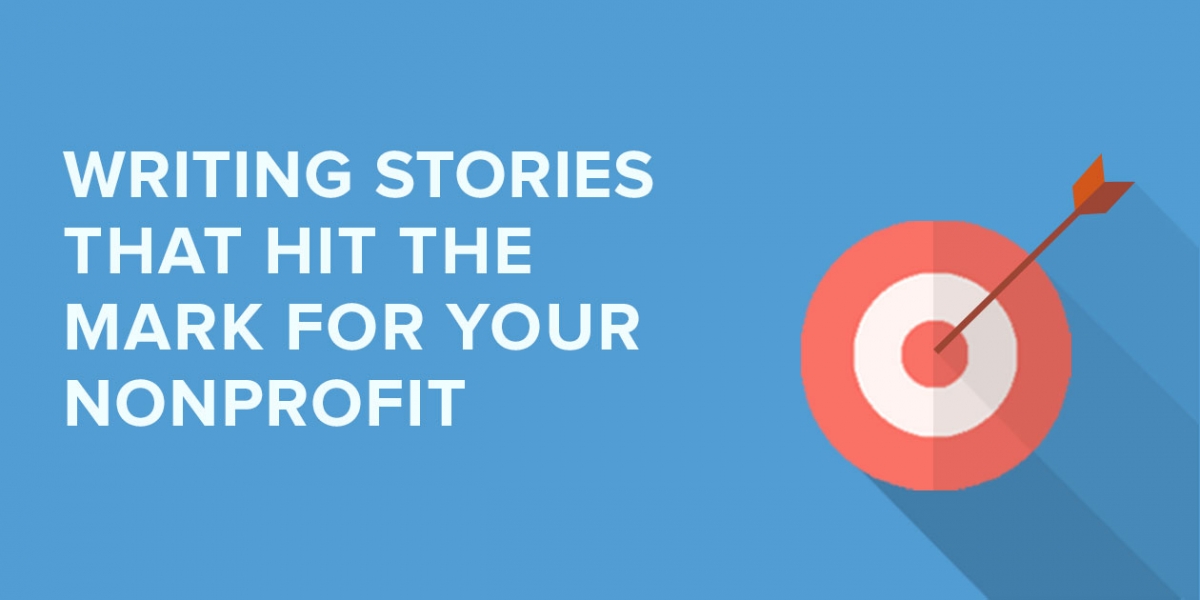Keeping your audiences attention in this time of phone alerts, sound bites, social media and noise is hard.
But, a powerful story is one of the most powerful ways to capture someone’s attention. Relating to stories is hard wired into the human capacity.
We’ll show you how to leverage that.
Using stories to motivate supporters is as old as campfires in caves, but the art of storytelling is a skill that you have to hone through practice and repetition.
The good news is: powerful stories have components that you can learn to include in all of your stories, and drive more support for your mission. Here are some tips on how to write a powerful story.
Know Your Audience
When writing or telling a story, you have to know to whom you are delivering the message. What does your audience care about? What motivates them?
If you don’t already know your audience or constituents, then it’s time to do some work. There are a few ways your can do this.
- Run an online survey to find out what attracts them to your mission.
- Do one-on-one surveys with a wide variety of stakeholders – board members, long-time donors, volunteers, people that just started engaging with your organization, people that have never heard of your organization.
- Research your competitors, or organizations that are similar. What type of storytelling are they using?
- Use data from your website for Facebook Audience Insights to see what stories have been successful in the past. Look at social media posts and see which posts have performed the best.
Read more about researching your online market.
Know Your Story’s Message – Focus on the “Why”
To write an effective story, there has to be a clear message that you are delivering. Once your audience has been established, you should know their concerns and pain-points. Use that knowledge to generate a powerful message.
The now-famous Ted Talk by Simon Sinek, talks about focusing on the “why” to connect with your audience. Why is the struggle that you have introduced important? Why does that struggle matter to the world, and more importantly to your readers?
As Simon Sinek has what he calls the Golden Circle. At the center of this circle is “why.”

The “why” is linked to the primal center of our brains, so use it to your advantage as the storyteller. If you can connect readers with the “why” then they will continue to read, and engage with your content and in the long-term your mission.
Go through this exercise in two simple questions to develop a clear message:
- “What is my audience and what are their concerns?”
- “How do I distill my message into one simple sentence.”
How to Write a Great Story Introduction
In today’s distracted world, there are million things tugging at your reader’s attention at all times. If you don’t capture their attention in the first two sentences, they are lost. That’s why writing a great story starts with writing a great introduction.
Here are few tips on how to write a great introduction:
- Introduce the main character (it should never be your organization)
- Introduce the challenge or struggle
- Set the mood or environment, focus on emotion
What is the Struggle in Your Story
A story without a struggle is not a story.
This writing mechanism is commonly referred to as the Hero’s Journey.

When writing your story, be sure to introduce the struggle early. At this point, since you have done your audience research, you should be writing about a struggle that speaks to your target audience. Introducing this struggle early in the story will capture their attention.
The struggle in your story should serve as the rallying cry for readers. It should be the tool that motivates them.
The struggle also sets up your main character to be a hero when they eventually overcome the struggle.
Lastly, it is important to connect your character’s struggle to a larger universal struggle or truth. If you can connect this one person’s struggle to a larger problem, then your mission, and the reader’s engagement in it, become vital to empowering more heros like your main character.
Keep Your Storytelling Simple
Keep it simple for your audience. Remember, you are competing with a million other tasks that your reader is thinking about. They should not have to think too hard about the narrative of your story. Here are a few rules you should follow:
- Don’t use jargon or internal organizational terminology.
- Use short paragraphs that contain only one idea per paragraph.
- The first sentence in each paragraph should clearly state the idea that will be in that paragraph.
- Simple stories can be the most memorable.
- Expand story details like emotion (happy, sad, frustration, a look on a face), not on mundane facts (time of day, date, weather, etc.)
The Call to Action
Don’t forget that your story should end with a call to action, or a logical next step for your user. Once you have captured their attention, set-up the struggle, and inspired them, it’s time to get them to act!

Relate your call to action back to your story and include an obvious way for users to take action. Use active language, and set a time limit on the action if possible.
Use calls to action that empower your reader. For example, “You can make a difference, act now!”
Lastly, it is important that if the user takes action, you capture their information. The user has already shown an interest in supporting what you do, if you capture their information, you can continue to engage them further in your mission.
Next Steps…
Once you have a compelling story, you need to find the best way to get it in front of your audience by choosing the right marketing channels.

